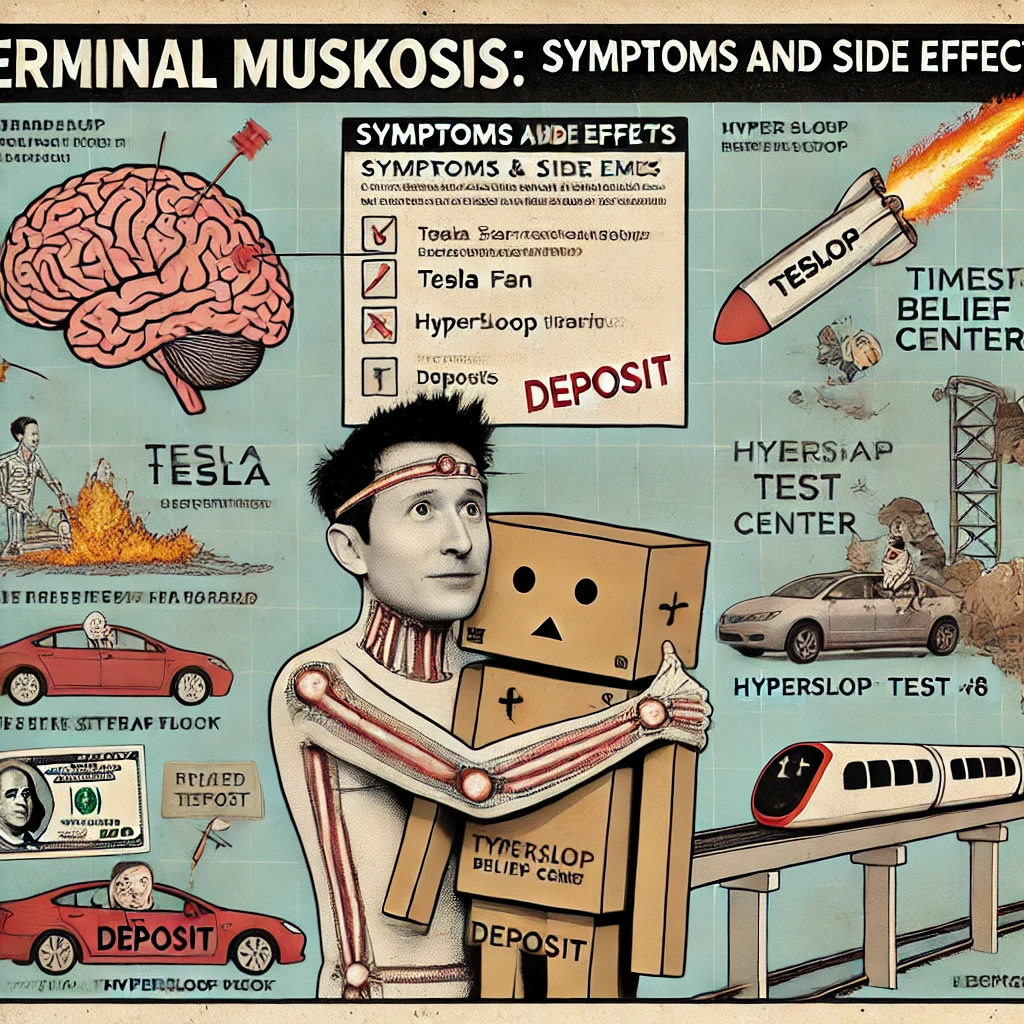Tesla has made headlines for years—autonomous cars, energy storage, rockets, and robots. But behind the futuristic press conferences lies something far more ordinary: old-fashioned fraud.
Between 2012 and 2014, Tesla quietly claimed $295 million in revenue from regulatory ZEV (Zero Emission Vehicle) credits tied to a program it barely used: battery swapping.
Yes, battery swapping.
Tesla built a single battery swap station in Harris Ranch, California back in 2014. The promise was simple: instead of charging your car for hours, you could swap the battery in minutes, just like filling a gas tank. But here’s the catch: it was never for customers.
The Bait and Switch
In order to qualify for the maximum ZEV credits in California, Tesla needed to demonstrate a fast-refueling technology. The state allowed up to $150,000 per vehicle in credits to manufacturers who provided rapid refueling options like hydrogen or battery swap.
So what did Tesla do?
They invited a handful of Model S owners to a pre-scheduled, invitation-only battery swap event, had them try it once, and then never opened the service to the public. Despite never making battery swapping available as a real-world offering, Tesla claimed full credits anyway.
The Whistleblower Warning
In 2021, a Tesla employee told CNBC that the battery swap station at Harris Ranch was essentially a ghost operation. It sat idle for years. Employees were instructed to keep it functional just enough to maintain the illusion for regulators.
Despite all of this, Tesla managed to rack up nearly $295 million in ZEV credit revenue, which directly padded its quarterly earnings.
How This Boosted Tesla’s Stock Price
ZEV credits have been a huge part of Tesla’s financial story. Without them, several quarters would have shown net losses, not profits.
This is critical because Tesla’s stock valuation depends heavily on perceived profitability. Musk’s own $55 billion pay package was tied to market cap and earnings milestones. So what happens if those earnings were inflated through regulatory exploitation?
Exactly what you’re thinking: investors were misled.
Is This Securities Fraud?
Tesla never clearly disclosed that it received $295 million specifically from battery swap-related credits in any single filing. The figure comes from investigative analysis and years of buried reporting—not open admission. There was no press release, no accountability, and no refund.
And the SEC? Silent.
But let’s be clear: if any other company had falsely claimed to offer a service, used that lie to qualify for hundreds of millions in public credits, and then reported that as earnings to shareholders, it would be an open-and-shut case of securities fraud.
Why This Matters Now
As Tesla’s core business faces pressure—shrinking margins, falling demand, rising competition from BYD and others—its history of financial sleight-of-hand becomes more relevant than ever.
The battery swap scam isn’t just a footnote. It’s a case study in how Tesla turned regulatory theater into profit. And for retail investors still holding the bag? It’s another warning sign that the numbers don’t always reflect reality.
Tesla doesn’t make money from innovation. It makes money from manipulation.
Discover more from
Subscribe to get the latest posts sent to your email.


